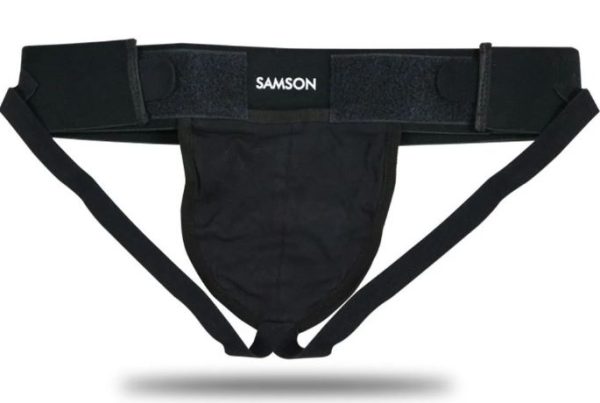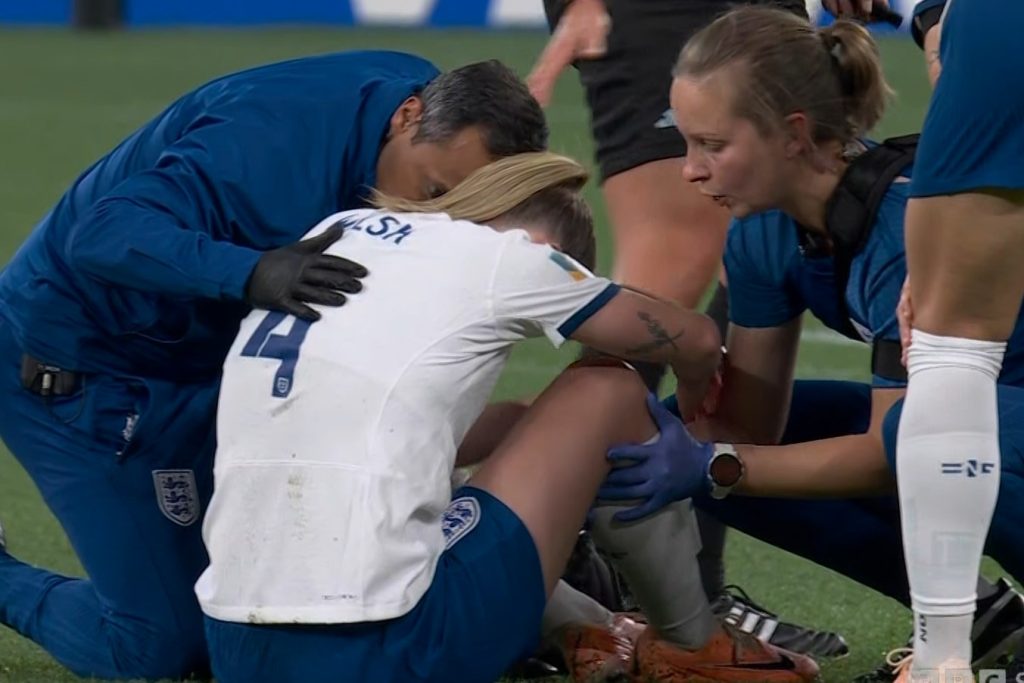
Rugby, often dubbed the “gentleman’s game,” is anything but gentle, especially for women who brave the field. It’s a sport of resilience, teamwork, and fierce competition. However, it’s also a sport that takes its toll on players, subjecting them to a range of injuries.
Among the most significant and dreaded of these injuries are ACL tears. These injuries plague women rugby players due to various physical factors and musculature differences.
In this article, we’ll explore the world of women’s rugby. Let’s delve deep into the challenges they face when dealing with ACL tears and other injuries.
The Prevalence of ACL Tears in Women’s Rugby
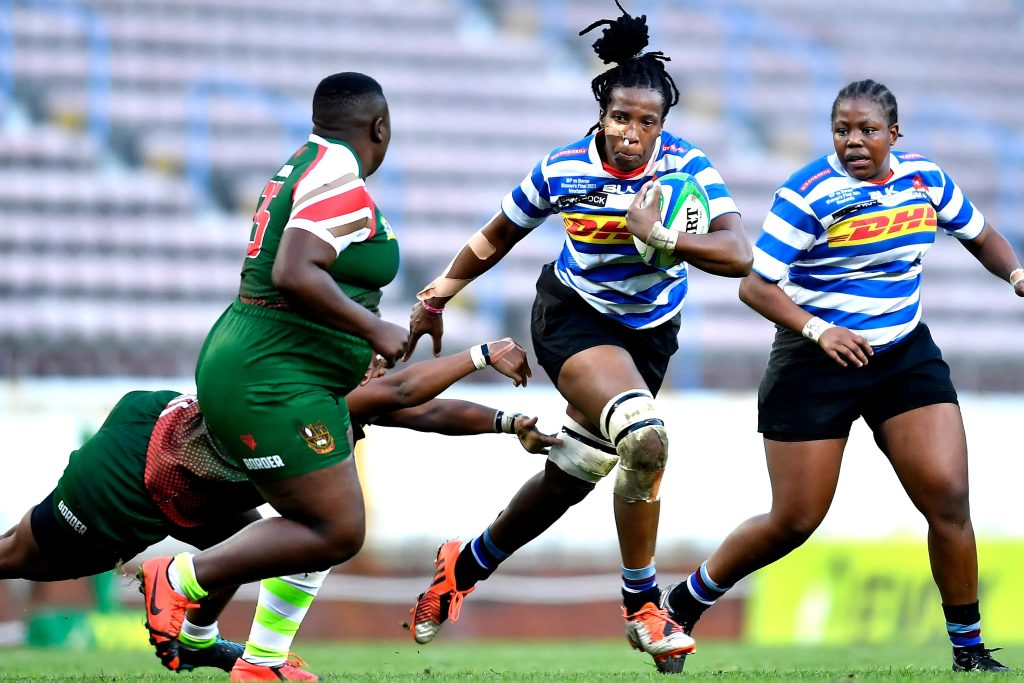
ACL Tears: A Constant Threat
Anterior Cruciate Ligament (ACL) tears are a common concern among women rugby players. In women, non-contact factors such as changes in direction and the phase of the menstrual cycle are more significant contributors.
Overall, girls are at a higher risk of ACL injuries. A risk like an ACL tear can be managed through a well-planned strength program and by developing good movement mechanics.
Understanding Non-Contact Factors
The increased risk of ACL tears in women can be attributed, in part, to physiological differences. Women often have wider hips, which can affect the angle at which the ACL operates.
Additionally, hormonal fluctuations during menstruation can impact ligament laxity, making women more vulnerable to ACL injuries during certain phases.
The Typical Scenario of an ACL Tear
The process of an ACL tear usually unfolds in a matter of seconds on the rugby field. A player may be running full throttle during a match, but then suddenly stop and change direction. And in that moment—boom! The ACL tears, often with a sharp, excruciating pain and a sense of instability in the knee.
Managing the Risk: Strength Programs and Movement Mechanics
While the risk of ACL injuries in women may be higher, it’s not an insurmountable obstacle. The key lies in proactive injury prevention strategies.
A well-structured strength program can significantly reduce the risk of ACL tears. It should focus on strengthening the muscles surrounding the knee joint and improving overall lower body stability,
Furthermore, honing good movement mechanics and skills related to change of direction can make a substantial difference in the field.
The Diagnosis of ACL Tears
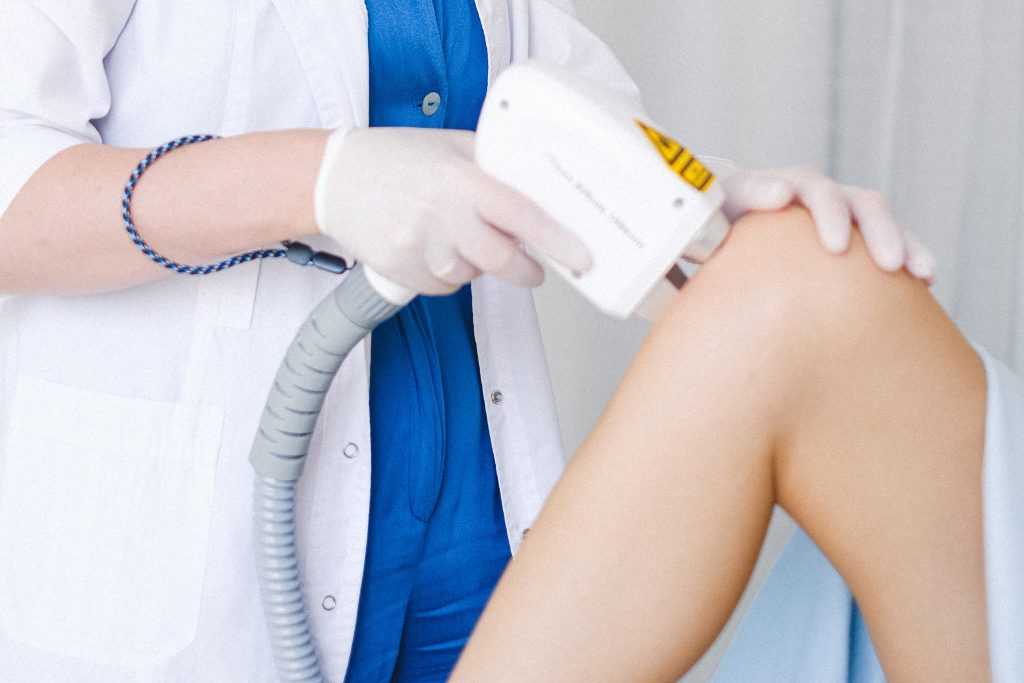
Utilizing Advanced Imaging
Diagnosing an ACL tear is a crucial step in the journey to recovery. This diagnosis is typically performed using advanced imaging techniques such as MRI (Magnetic Resonance Imaging) or ultrasound. These methods provide detailed images that enable healthcare professionals to assess the extent of the injury.
Orthopaedic Expertise
Orthopaedic doctors play a pivotal role in interpreting these diagnostic images. They can discern the striations of the muscle and the torn ligament. They then can pinpoint its location and assess how and where the ligament needs to be reattached.
These factors not only influence the surgical options but also impact the long-term elasticity and functionality of the ACL.
The Road to Recovery: ACL Tear Treatment
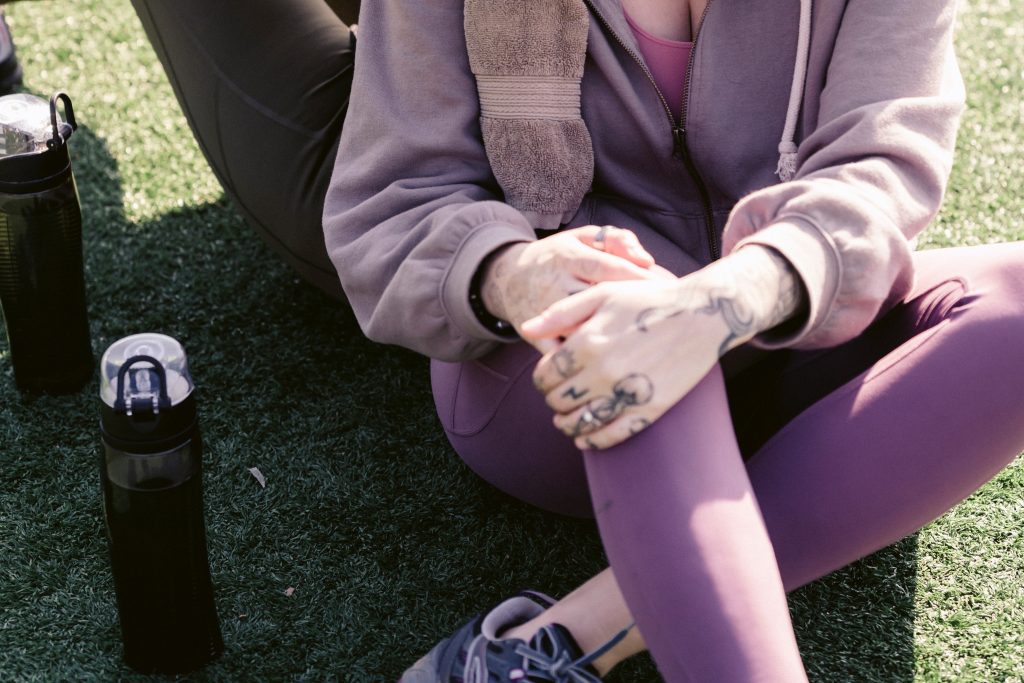
Rehabilitation: The Essential Step
Rehabilitation is a pivotal phase in the recovery process. Many players opt for pre-surgery rehabilitation to strengthen their knee and surrounding muscles, reducing the risk of further damage. Post-surgery, rehab is essential to regain strength, mobility, and stability.
The exercises needed should target quadriceps and glute strength, as well as full range of motion (ROM). They play a vital role in fortifying ligaments and preventing further inflammation. These exercises are typically prescribed by physiotherapists or sports medicine experts.
Static Cycling and Progressive Strength Training
In addition to traditional rehab exercises, static cycling, along with progressive strength training, is often incorporated into the rehabilitation program. Static cycling helps improve cardiovascular fitness while gradually easing the knee back into motion.
On the other hand, progressive strength training focuses on building muscle strength around the knee joint. It provides crucial support during the recovery process.
Non-Surgical Options
Some individuals explore non-surgical options in the hope that the ACL might miraculously find its connections and attach itself adequately. This approach often involves the use of specialized ACL braces and dedicated physiotherapy.
Patients commit to their rehabilitation journey, diligently working to regain stability and strength. However, there’s an understanding. If the ligament doesn’t reattach itself satisfactorily, a surgical intervention may be necessary, particularly once growth has ceased.
Supplementary Support: Cryotherapy and Supplements
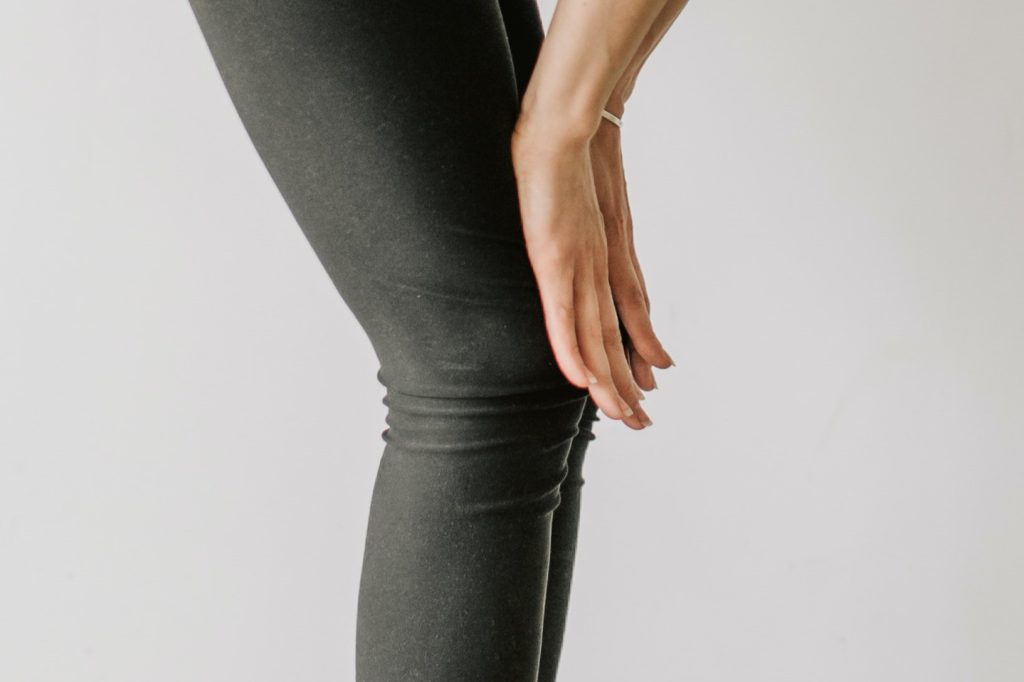
Cryo Straps for Inflammation Management
Many rugby players turn to cryo straps as a supplement to their physical rehab regimen. Cryotherapy, which combines compression and cooling, helps reduce inflammation. This reduction in inflammation can alleviate the “sponginess” that athletes often feel after ACL surgery.
Common Issues Post-ACL Tears
Apart from physical challenges, individuals recovering from ACL tears may face balance and strength issues. These issues highlight the importance of physiotherapy, which aids in addressing these concerns. Pain management is another crucial aspect of recovery that physiotherapy can address.
The Mental Battle
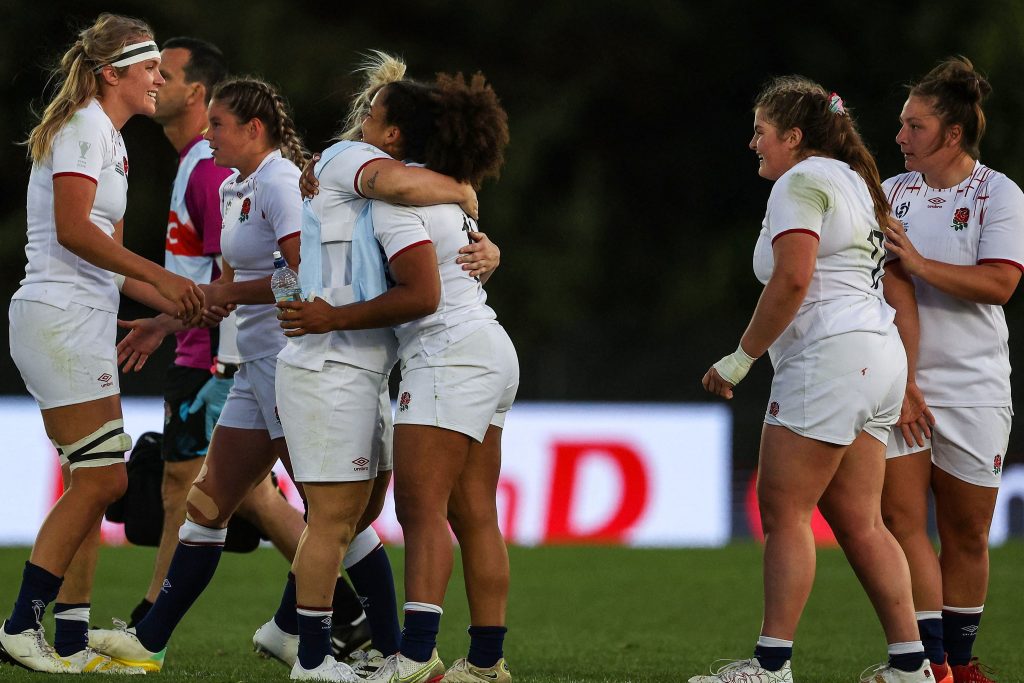
Fear and Resilience
One often overlooked aspect of recovering from ACL tears is the mental battle players face. The fearlessness that characterizes rugby players can fade after such an injury. A quote from a rugby player succinctly captures this mental struggle:
“On the pitch, I was used to giving some big hits and managed to get away fairly unscathed, so I guess it was only a matter of time before I ended up in the hospital! However, the fearlessness I used to have to just smash my opponents into the ground has completely gone, and I’m currently too scared to even attempt to try and run again, let alone get back on the pitch!”
Conclusion: Rising from the Tackle
In rugby, as in life, injuries are a part of the game. Women facing the challenge of ACL tears and other injuries in rugby learn to adapt, recover, and rise once more. It’s a journey of discipline, patience, and unwavering determination.
While the physical scars may heal, there’s going to be a level of mental fortitude being developed here. These trials shape them into stronger players and individuals, ready to take on the next scrum with renewed vigour.
Women in rugby are warriors. Their resilience in the face of adversity is a testament to the indomitable spirit of the sport.


